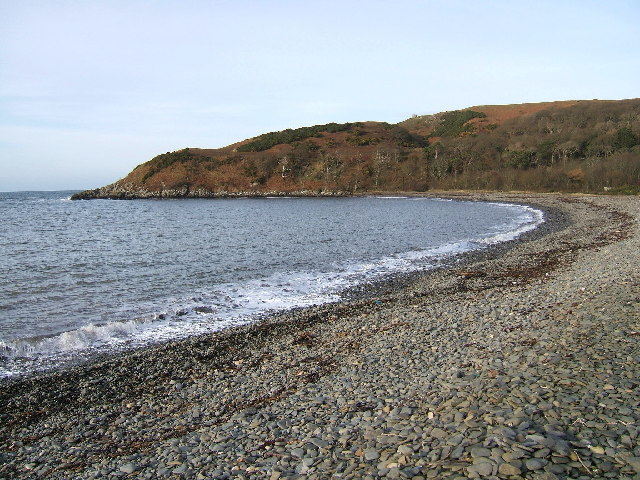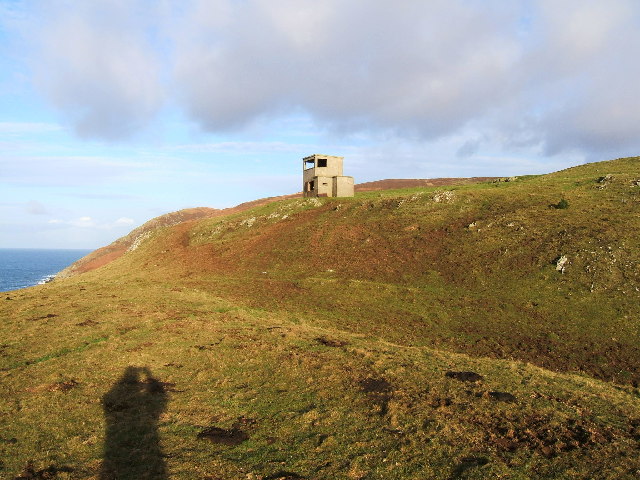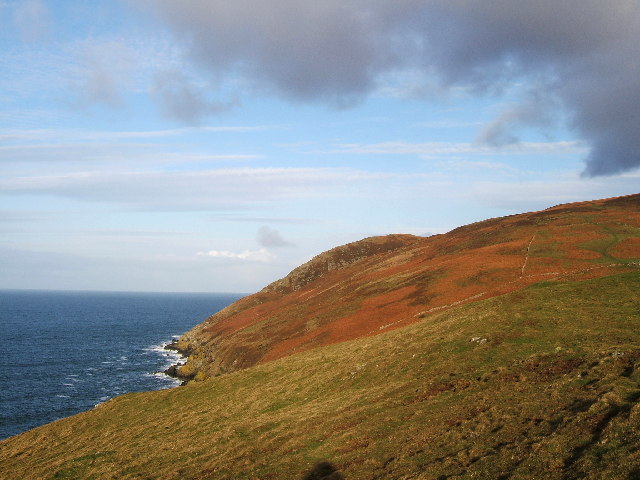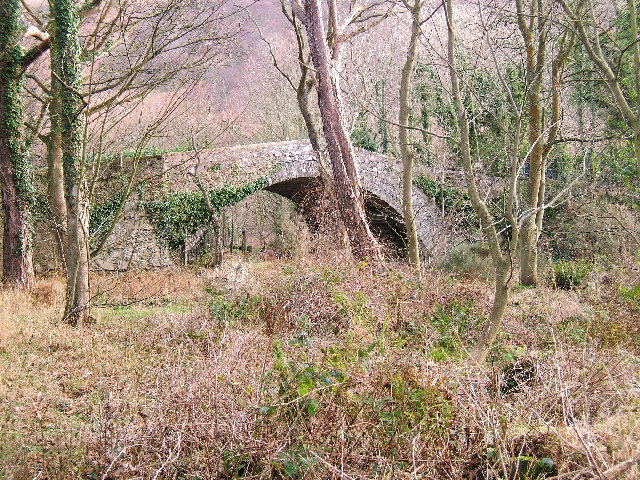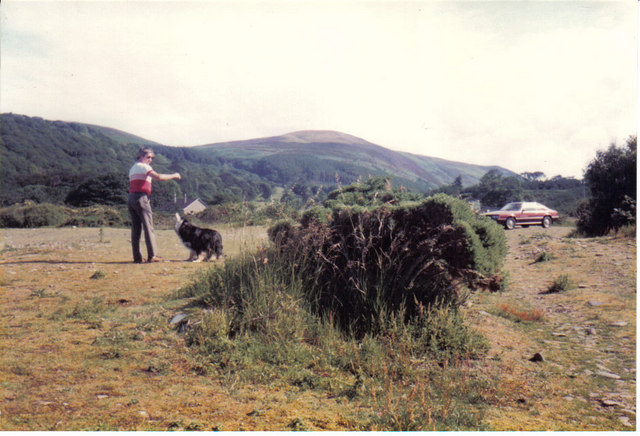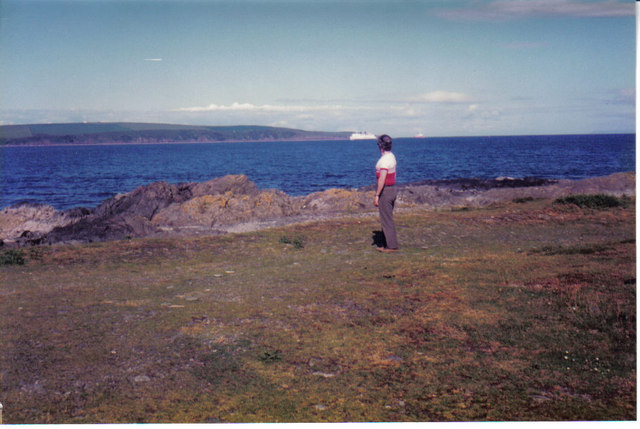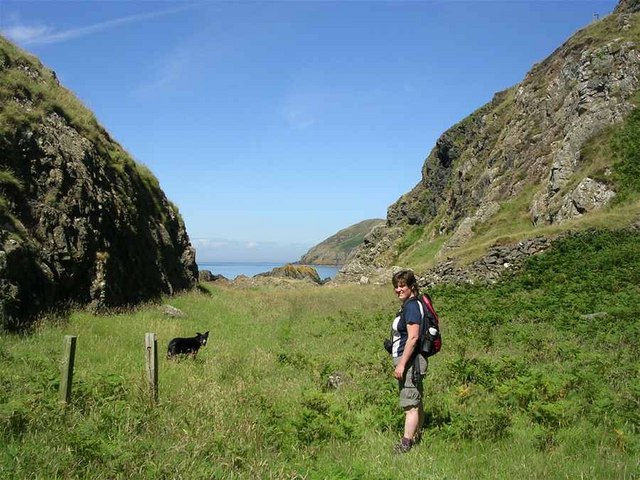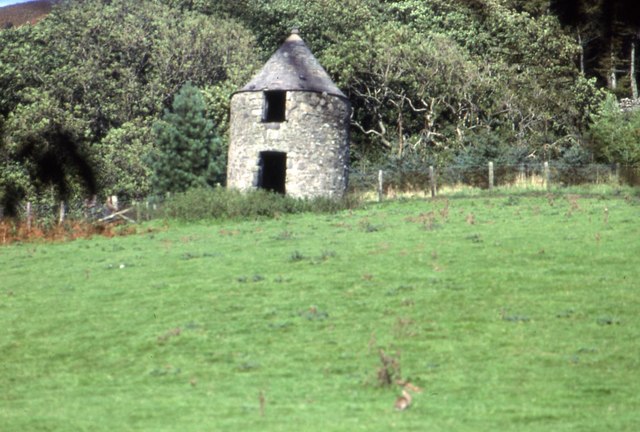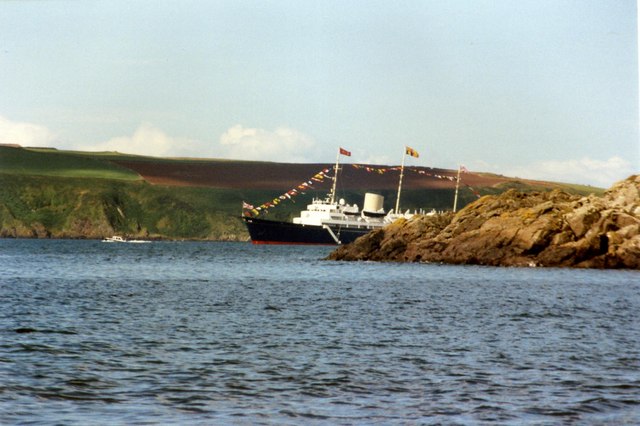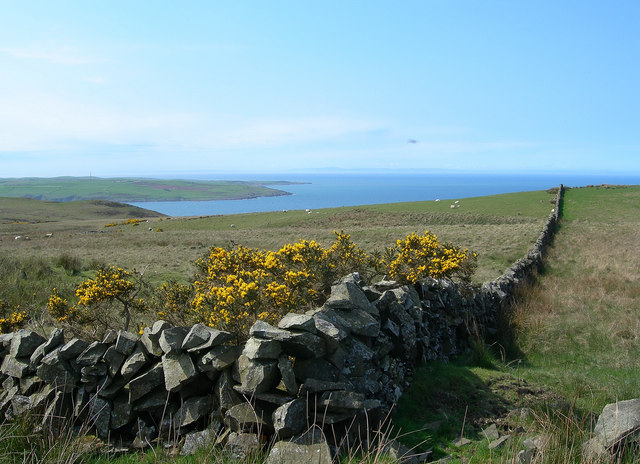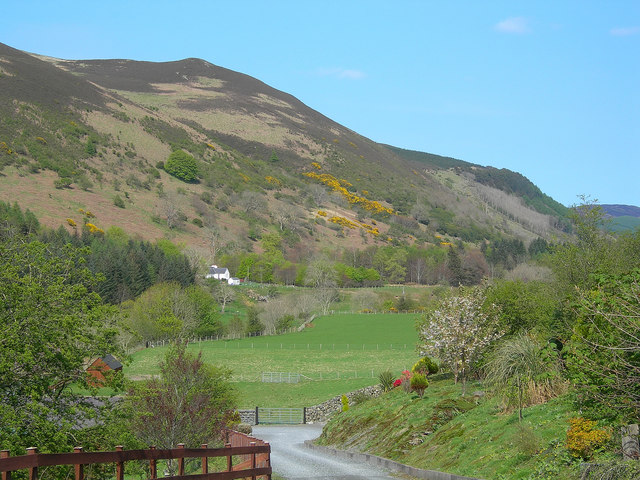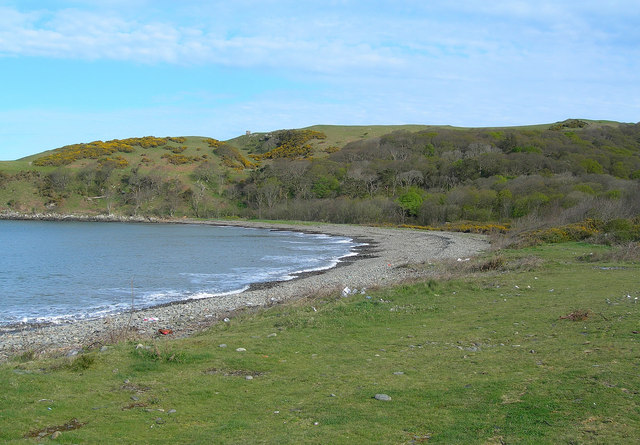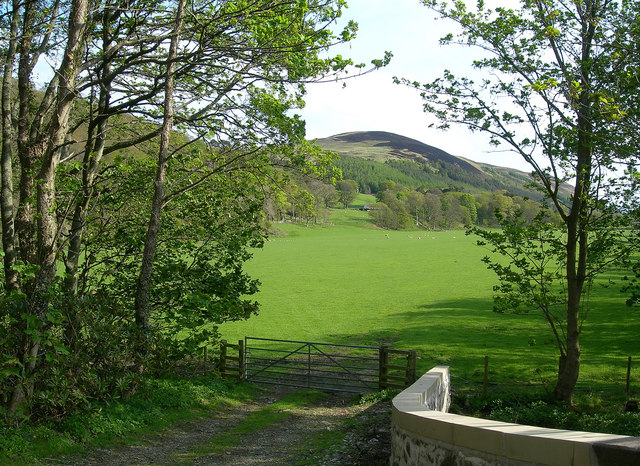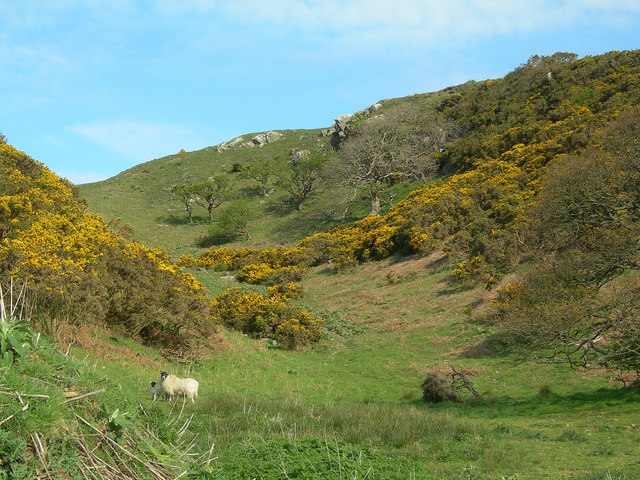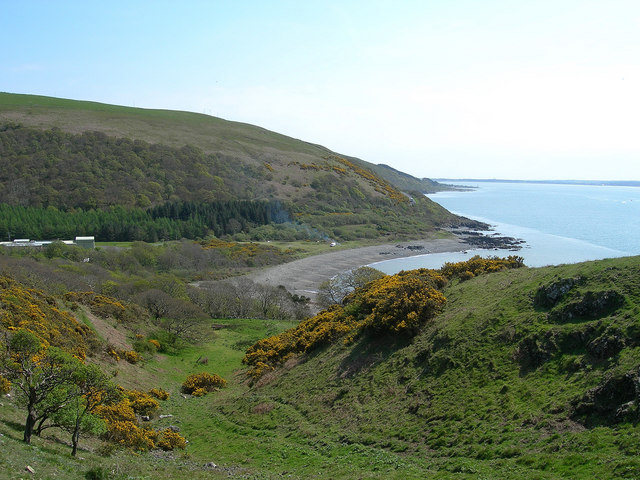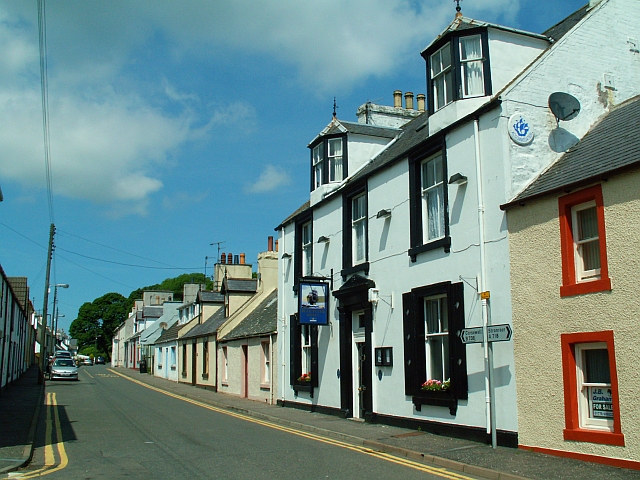Dyke Foot
Coastal Feature, Headland, Point in Ayrshire
Scotland
Dyke Foot
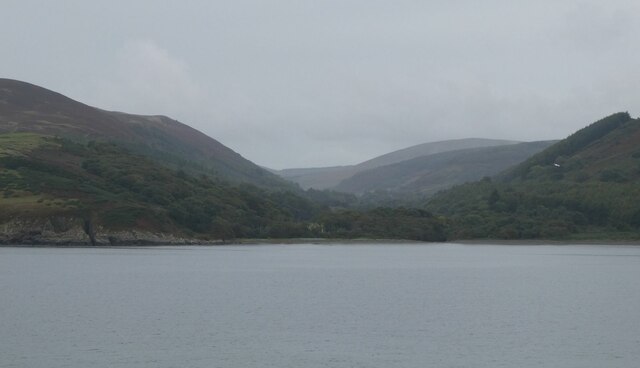
Dyke Foot is a prominent coastal feature located in Ayrshire, Scotland. It is a headland or point that juts out into the Firth of Clyde, offering stunning views of the surrounding landscape. The name "Dyke Foot" is believed to have originated from the presence of ancient stone dykes or walls that used to be found in the area.
This headland is characterized by its rugged cliffs and rocky shoreline. The cliffs at Dyke Foot are composed of a variety of rock types, including sandstone and granite, which have been shaped by years of erosion from the crashing waves. The exposed rock formations are a testament to the geological history of the region.
Visitors to Dyke Foot can enjoy a leisurely walk along the coastal path that runs along the headland. The path provides access to several viewpoints, allowing visitors to appreciate the panoramic vistas of the Firth of Clyde and the surrounding countryside. On a clear day, it is possible to see the Isle of Arran in the distance.
The area around Dyke Foot is also rich in wildlife, with seabirds such as gulls and cormorants often seen nesting on the cliffs. The rock pools formed along the shoreline during low tide are home to a variety of marine organisms, providing a fascinating opportunity for exploration.
Dyke Foot is a popular destination for both locals and tourists, offering a peaceful escape from the bustling city life. Its natural beauty and historical significance make it a must-visit location for anyone exploring the coastal wonders of Ayrshire.
If you have any feedback on the listing, please let us know in the comments section below.
Dyke Foot Images
Images are sourced within 2km of 55.017099/-5.0553318 or Grid Reference NX0473. Thanks to Geograph Open Source API. All images are credited.

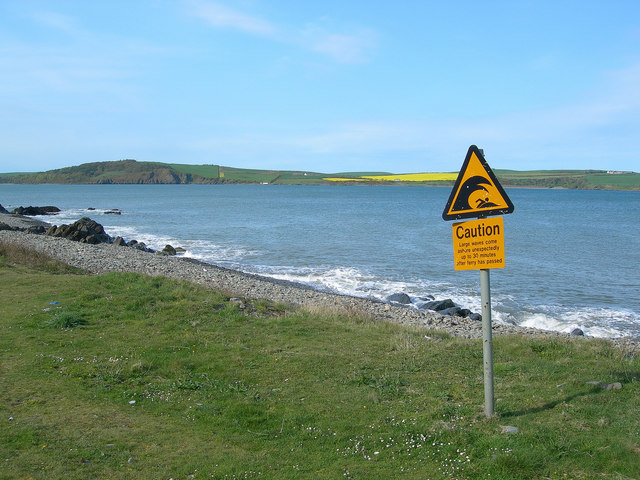
Dyke Foot is located at Grid Ref: NX0473 (Lat: 55.017099, Lng: -5.0553318)
Unitary Authority: South Ayrshire
Police Authority: Ayrshire
What 3 Words
///imparts.pest.extent. Near Cairnryan, Dumfries & Galloway
Nearby Locations
Related Wikis
Loch Ryan
Loch Ryan (Scottish Gaelic: Loch Rìoghaine, pronounced [l̪ˠɔx ˈrˠiː.ɛɲə]) is a Scottish sea loch that acts as an important natural harbour for shipping...
Cairnryan Harbour
Cairnryan Harbour is a roll-on ferry terminal on Loch Ryan in south west Scotland north of Stranraer. In World War II it was developed as an emergency...
Kirkcolm
Kirkcolm (Scots: Kirkcoam) is a village and civil parish on the northern tip of the Rhinns of Galloway peninsula, south-west Scotland. It is in Dumfries...
RAF Wig Bay
Royal Air Force Wig Bay, or more simply RAF Wig Bay, is a former Royal Air Force station near Stranraer, Dumfries and Galloway, Scotland The following...
Nearby Amenities
Located within 500m of 55.017099,-5.0553318Have you been to Dyke Foot?
Leave your review of Dyke Foot below (or comments, questions and feedback).
